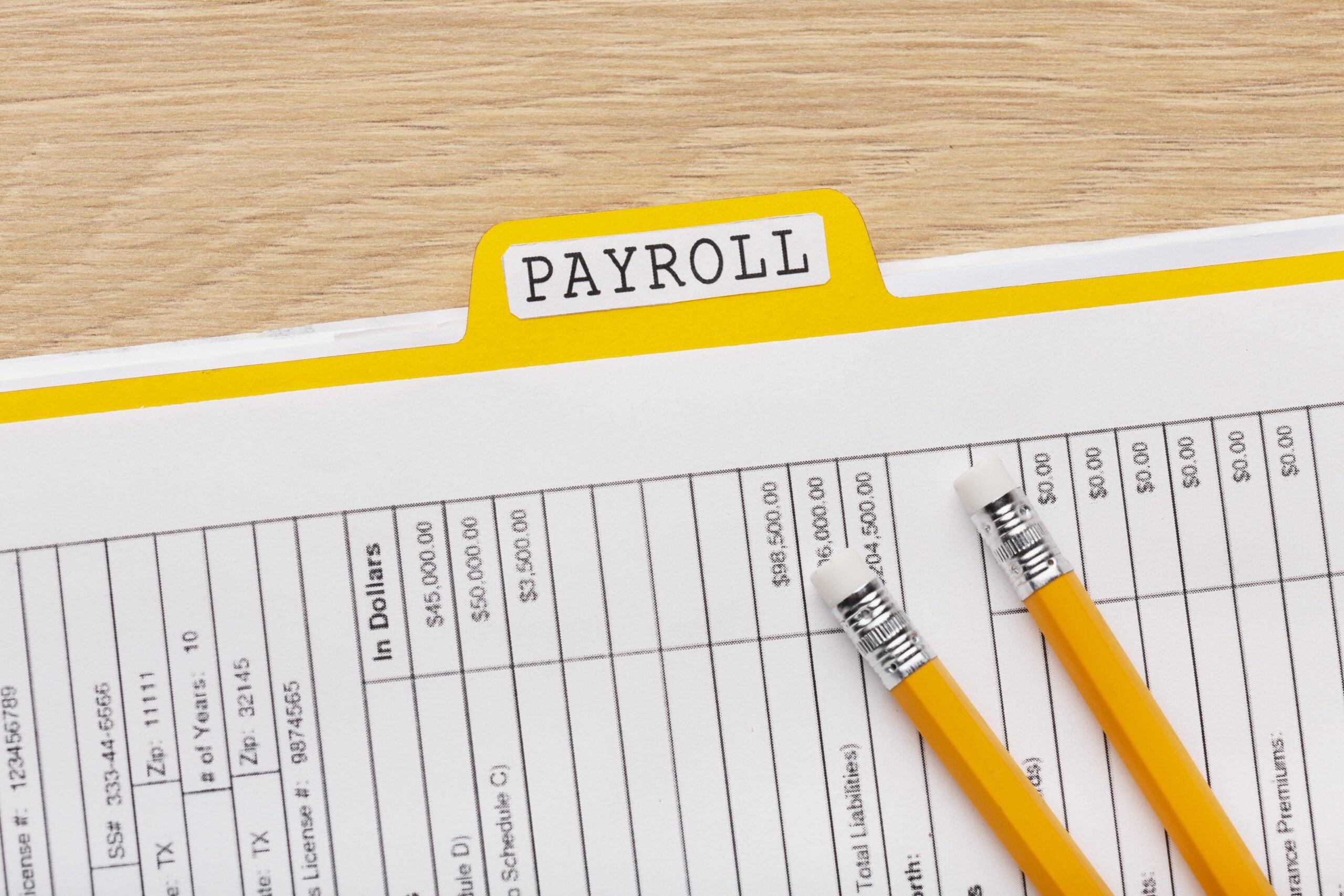Pay Stubs and Direct Deposit Complete 2025 Guide
Introduction To Pay Stubs and Direct Deposit
Pay Stubs and Direct Deposit are now standard features of payroll in the United States. Employers transfer wages electronically into employee bank accounts, and the pay stub becomes the official record of how gross pay is reduced by taxes and deductions to reach net pay. Understanding this connection is vital for financial planning, tax reporting, and income verification.
This 2025 guide explains how pay stubs and direct deposit work together, what employees should review on their stubs, and how to fix common payroll errors. You will also learn how tools like a regular pay stub and an online pay stub generator simplify payroll records and create professional documentation on demand. For IRS guidelines on pay records, visit IRS Payroll Recordkeeping.
What Is Direct Deposit?
Direct deposit is the secure electronic transfer of your wages into a designated bank account. On payday, your employer’s payroll system sends payment instructions to the bank, which then credits your account automatically. This process eliminates the need for paper checks and ensures faster access to funds. Learn more from the Federal Trade Commission (FTC) guide on direct deposit.
Although money arrives digitally, the pay stub remains the detailed breakdown of your wages, deductions, and benefits. Employees should always check their stub to confirm that the direct deposit amount matches the net pay listed on the document.
How Pay Stubs and Direct Deposit Work Together
Your pay stub is the explanation behind the deposit. Without it, you would only see a dollar amount in your bank account without knowing how it was calculated. A typical stub linked to direct deposit includes:
- Gross Pay: All earnings before deductions, including regular wages, overtime, and bonuses.
- Deductions: Federal, state, and local taxes, Social Security, Medicare, insurance premiums, and retirement contributions.
- Employer Contributions: Benefits paid by your employer, such as health coverage or retirement matches.
- Net Pay: The final take-home pay deposited into your account.
- Bank Information: The last few digits of the account where the deposit was sent.
- Year-to-Date Totals: Cumulative earnings and deductions since January 1.
See the Understanding Pay Stubs guide for more details. For federal payroll rules, check U.S. Department of Labor.
Why Pay Stubs Still Matter in a Paperless Payroll System
Even with direct deposit, pay stubs remain critical for employees. The deposit itself does not explain deductions, tax withholdings, or employer contributions. A pay stub provides transparency and accountability for every paycheck. Here’s why they matter:
- Proof of Income: Essential for loans, rentals, or credit applications. See CFPB guide on income verification.
- Accurate Tax Reporting: Shows withholdings for federal, state, and local taxes.
- Error Detection: Helps identify mistakes like unpaid overtime or incorrect deductions.
- Record Keeping: Supports budgeting, audits, and compliance with labor laws.
For more on digital payroll best practices, see Digital Payroll Guide.
How to Read a Pay Stub with Direct Deposit
To make sure your deposit matches the records, follow this checklist every payday:
- Verify your employee and employer details are accurate.
- Check the pay period and pay date to confirm coverage.
- Confirm gross pay matches your hours and rate or salary.
- Review deductions including taxes, benefits, and voluntary contributions.
- Match the net pay on your stub with the amount deposited.
- Review YTD totals for earnings and withholdings to track progress across the year.
Reference our Pay Stub Checklist for detailed guidance.
Common Issues and Fixes With Pay Stubs and Direct Deposit
1. Missing or Delayed Deposit
Check your pay stub first. If net pay was processed, contact payroll and your bank.
2. Incorrect Net Pay
Verify deductions and overtime. Discrepancies may arise from tax miscalculations or benefit errors.
3. Wrong Bank Account
Notify payroll and your bank immediately.
4. Deduction Errors
Compare your stub against your benefit elections and W-4 form.
See our Payroll Error Fix Guide for step-by-step solutions.
Secure Storage of Pay Stubs
Proper record-keeping ensures financial stability and tax compliance. Best practices include:
- Save digital copies of each pay stub in a secure cloud folder.
- Download stubs as PDFs to preserve formatting.
- Organize by year and pay period for easy access during tax season.
- Mask sensitive details (like SSNs) before sharing with third parties.
Generate professional copies using a pay stub generator or keep your regular pay stubs.
Conclusion
Pay Stubs and Direct Deposit are inseparable parts of payroll in 2025. Direct deposit delivers your wages, while the pay stub explains every deduction, contribution, and adjustment. By reviewing stubs regularly, maintaining organized records, and using reliable tools like a regular pay stub or pay stub generator, you gain financial clarity and confidence. Take charge of your paycheck today and ensure every dollar is accounted for.

